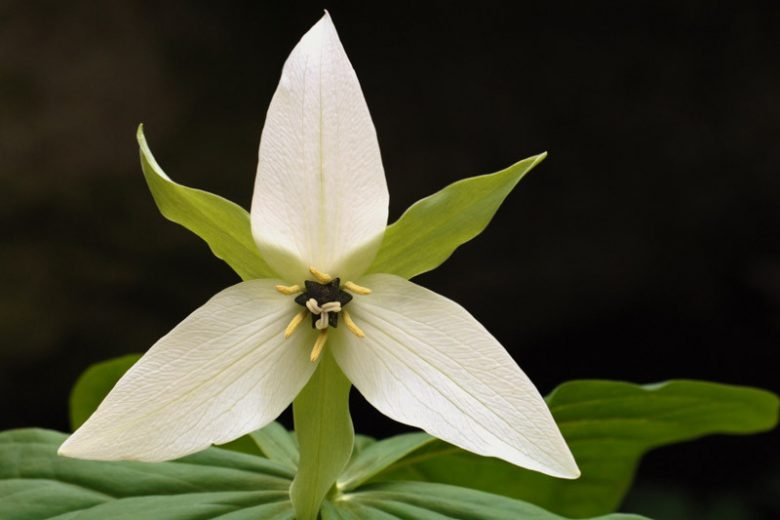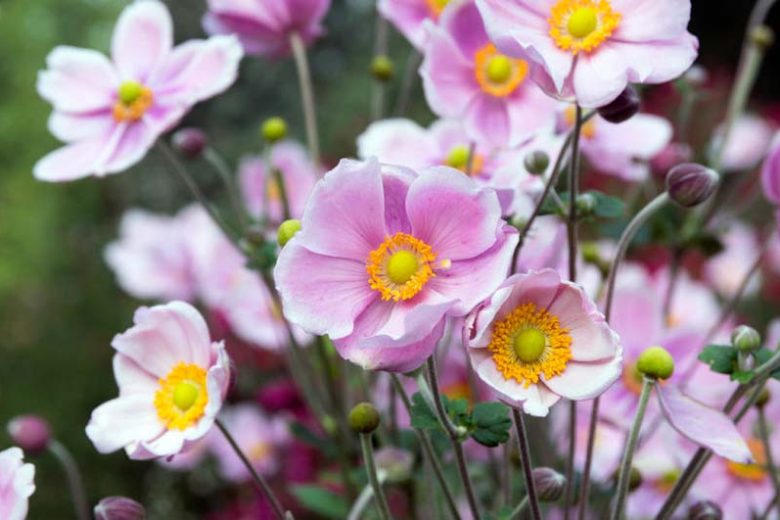mistressesanonymous.com – Alaska, the largest and one of the most stunning states in the U.S., is a land of rugged landscapes, breathtaking natural wonders, and rich cultural heritage. Among its many unique cities, Alaska City stands out as a gateway to the incredible wilderness that has made the state famous. Whether you’re an adventure seeker, history enthusiast, or nature lover, Alaska City offers something for everyone, combining the charm of urban life with the vast, untamed beauty of the Alaskan wilderness.
A Glimpse into the History of Alaska City
Alaska City, though relatively modern in comparison to the state’s ancient indigenous history, has deep historical roots tied to the exploration and settlement of the region. Originally home to various Native Alaskan tribes, including the Inupiat and Tlingit, the area now known as Alaska City was significantly shaped by European exploration and Russian colonization in the 18th century.
The city saw substantial growth during the Gold Rush era, when prospectors flocked to the region in search of fortune. Many of the historical landmarks in Alaska City date back to this period, and visitors can explore the city’s fascinating past through museums, historic buildings, and tours that recount the story of the state’s early settlers and indigenous peoples.
One of the city’s most important historical sites is the Alaska City Museum, where visitors can learn about the region’s transformation, from its indigenous cultures to its role in the exploration of the American frontier.
Surrounded by Stunning Natural Beauty
Alaska City is ideally situated for those wanting to experience the raw beauty of Alaska’s wilderness. The city sits near the stunning Knik River, which flows from the majestic Knik Glacier. Visitors can take guided tours by boat or hike along trails to get a closer view of the glacier, surrounded by the dramatic backdrop of snow-capped mountains and sprawling forests.
The nearby Chugach National Forest, one of the largest national forests in the U.S., offers hiking, camping, and wildlife watching. The forest’s landscapes are as diverse as they are stunning, featuring towering mountains, deep valleys, and pristine lakes. For those seeking adventure, Denali National Park, home to the tallest peak in North America, is just a few hours’ drive away, offering some of the best hiking, wildlife spotting, and scenic drives in the country.
Alaska City is also a prime location for witnessing the famous Northern Lights, with the clear, dark skies providing a perfect vantage point to see this awe-inspiring natural phenomenon. Many visitors come during the winter months to experience the spectacular light show, which can often be seen dancing across the night sky.
Outdoor Adventure Awaits
If you’re an outdoor enthusiast, Alaska City is the perfect base for all kinds of adventures. From dog sledding and glacier hiking to fishing and kayaking, the city offers year-round opportunities to explore the wilderness in unique and exciting ways.
Wildlife viewing is a major draw in the region, with the chance to see moose, brown bears, bald eagles, and a wide variety of marine life. The waters around Alaska City are home to seals, sea otters, and even whales, making it an ideal spot for boat tours and wildlife photography.
Winter sports are another major attraction. Alaska City is a hub for skiing, snowboarding, and snowshoeing, with nearby mountains offering challenging terrain for both beginners and experts. The region is also known for its ice fishing and snowmobiling, offering visitors the chance to embrace the Alaskan winter in all its glory.
A Rich Cultural Experience
Alaska City is not just a gateway to the outdoors, but also a vibrant cultural hub. The city is home to a thriving arts scene, with galleries and performance venues showcasing both local artists and the talents of visiting performers. Alaska City Arts Center regularly hosts exhibits, theater productions, and music festivals, providing a space for the community to celebrate its diverse artistic expressions.
The cultural heritage of the indigenous people of Alaska is also honored in the city, with museums, cultural centers, and festivals that highlight the traditions, art, and history of Native Alaskan tribes. The Alaska Native Heritage Center offers immersive experiences, where visitors can learn about the ancient crafts, dances, and stories that have been passed down through generations.
For those interested in local history, the Alaska City Historical District is home to preserved buildings from the early days of the city. Walking tours offer a glimpse into the past, highlighting the stories of pioneers, explorers, and indigenous peoples who shaped the area.
Key Attractions in Alaska City
- Alaska City Museum: This museum offers an in-depth look at the region’s history, from its indigenous cultures to its gold rush era and modern-day developments. The exhibits include artifacts, photographs, and interactive displays that showcase the city’s evolution.
- Chugach National Forest: A massive expanse of wilderness with trails for hiking, camping, and wildlife watching. It’s the perfect place to explore the diverse Alaskan landscapes and encounter the state’s incredible wildlife.
- Knik River and Knik Glacier: A scenic destination for boat tours and hiking, offering dramatic views of glaciers and mountains. The area is also known for its excellent fishing spots.
- Alaska Native Heritage Center: An educational and cultural center dedicated to preserving the traditions and art of Native Alaskan tribes. Visitors can participate in hands-on activities and enjoy performances that showcase indigenous culture.
- Northern Lights Viewing: Alaska City is an excellent location for witnessing the Aurora Borealis. Visitors can book tours to catch this stunning natural display in the winter months.
- Denali National Park: A must-visit for those seeking adventure, Denali offers hiking, wildlife viewing, and incredible views of Mount Denali, the highest peak in North America.
A Friendly Community with Alaskan Hospitality
While Alaska City offers an abundance of adventure and exploration, it also boasts a welcoming community known for its warm hospitality. The city has a small-town charm, where visitors can enjoy cozy cafes, local restaurants, and family-run shops. Alaskan cuisine, particularly fresh seafood, is a highlight, with many restaurants serving dishes featuring salmon, halibut, and other local specialties.
For visitors who want to experience the authentic Alaskan lifestyle, the Alaska City Farmers Market is the perfect place to sample local produce, crafts, and treats. The market often features live music and food vendors, creating a festive atmosphere that celebrates the city’s unique culture and community spirit.
Conclusion
Alaska City is a place where adventure meets culture, history blends with nature, and the spirit of the Alaskan wilderness is ever-present. With its stunning landscapes, outdoor activities, and rich cultural heritage, it’s the perfect destination for anyone looking to explore the wild beauty of Alaska. Whether you’re looking to experience the Northern Lights, hike through pristine forests, or learn about the city’s past, Alaska City offers an unforgettable experience for every type of traveler.





